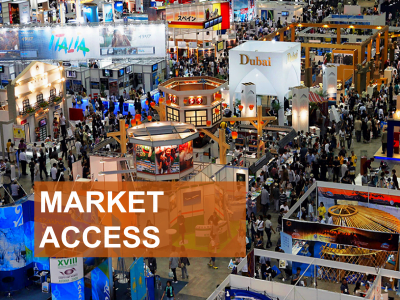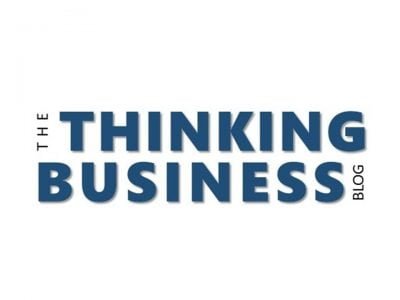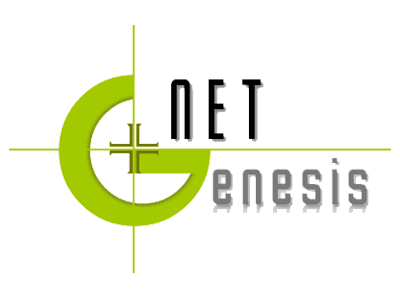A recent online poll conducted by AsiaGreenBuildings revealed that readers are likely to see a growing trend in pursuing a Zero Energy Building (57,1%) in Asian cities, followed by building facades, (20,6%), and IoT systems (17,5%), among others (4,8%).
Asia Green Buildings will elaborate each of these next top green construction trends in Asia below :
 Concept : Zero Energy Buildings
Concept : Zero Energy Buildings
As we take a look at AsiaGreenBuildings’ previous poll, energy efficiency remains the most important aspect of green buildings. Net Zero building, a building with zero energy consumption, meaning the total amount of energy used by the building on an annual basis is roughly equal to the amount of renewable energy created on the site.
Source : Technology Roadmap – Energy Efficient Building Envelopes Report by International Energy Agency
The figure above shows the need to shift from a conventional building to a zero energy building in mitigating climate change and benefit its occupants. Aiming for low energy building will eventually not be enough and the shift towards zero-energy building is therefore imperative. The progression also refers to the existing buildings for which retrofitting may be the solution required to be applied.
However, there are admittedly a number of challenges for architects, developers and engineers in complying with the Net Zero Energy Building label. Lack of comprehensive understanding about the concept and limited awareness of energy consumption in the building, are among of them. The complete set of measures are to be taken, including close energy efficiency monitoring, renewable energy generation plants, as well as building control management system and technologies – and these altogether are not the typical, equally achievable subjects for all to implement.
 As one of the leading examples, Japan has set ambitious goals to reduce energy consumption in buildings through this concept since 2014. An energy policy coming from the Japanese Cabinet by then targeted that newly constructed public buildings are to be zero energy by 2020, whilst new residential constructions will need to be zero energy by 2030.
As one of the leading examples, Japan has set ambitious goals to reduce energy consumption in buildings through this concept since 2014. An energy policy coming from the Japanese Cabinet by then targeted that newly constructed public buildings are to be zero energy by 2020, whilst new residential constructions will need to be zero energy by 2030.
Building façade : Low Emittance Glass, Vertical Garden, Cool Roofs

Façade, as part of a building’s envelope, is one of the important environmental moderators and happens to be the key influencer for environmental impact by the building. A building façade plays a big role in heat loss, effecting comfort, productivity, energy use and running costs.
Low emittance glass is one of the options to start off with. It takes an important role in the overall performance of windows and can significantly affect the overall interior building such as heating, lighting, and cooling costs. The emissivity of the glass is the ability of a material to radiate energy. Smart glass can help energy performance improvement for the building while adding more comfort and satisfaction to the occupants.
In China, the low e-glass industry is growing rapidly and the demands are expected to increase at a CAGR of 23,5% during the period 2014 – 2017.
Vertical Garden, on the other hand, is not a new concept for the façade trends, but in recent times it has certainly become more popular. Referring to a wall partially or completely covered with vegetation, these green walls help to mitigate air pollution levels by lowering extreme summer temperatures through photosynthesis and trapping particulate matters. It also helps reduce the urban heat island effect.
 As for an example, a 46 storey building, a Clearpoint Tower in Sri Lanka, set to be the worlds tallest vertical garden. The façade will be entirely covered in foliage so there wont be any glass surface exposed to direct sunlight, and it will minimized the solar heat gain and acting as a natural cooling system.
As for an example, a 46 storey building, a Clearpoint Tower in Sri Lanka, set to be the worlds tallest vertical garden. The façade will be entirely covered in foliage so there wont be any glass surface exposed to direct sunlight, and it will minimized the solar heat gain and acting as a natural cooling system.
Cool roofs, a roofing system which possesses the ability to reflect the visible rays, infrared and wavelengths of the sun and reduce heat transfer to the building and higher thermal emittance, can be opted as a way to control energy consumption in tropical climates. Cool roofs maintain the temperature of air-conditioned buildings in comfort level, reduce the energy use by air conditioning, and help mitigate summer urban heat islands by improving indoor air quality.
As for example, in China, a pilot passive low-energy residential buildings called Zaishuiyifang project is a 198 storey building which implements energy-efficient walls and cool roof insulation, coupled with triple-glazed low-emittance glass, low conductive frames, and within 75% heat recovery from exhaust ventilation air that helps reduce heating penalty.
IoT, Energy management System in residential

Energy consumption in residential segment generally accounts for 20 – 40% of total energy use in a country. This massive is one of the key drivers behind the development of an automated system for energy use in housing, which is closely related to the emergence of the Internet of Things (IoT).
The concept holds a premise of multi-devices integration enabled by internet connection accessible from cell phones, wearable devices and almost anything else. The system creates an intelligent space that optimizes efficiency, comfort, safety and more by collecting and analyzing sensor data integrated with the monitoring tools.
Energy-consuming appliances such as air conditioning, TV, or even the typical LEDs can now be automatically activated or deactivated when not in use according to the data provided by the motion or heat-based sensors.
According to Siemens’ Facts and Forecast reports, by 2020, approximately 26 billion objects will be linked together by the internet. Asia is poised to lead more than 50 million connections, with China, as the world’s largest internet user base, to become one of the world’s leaders in IoT area.
Despite the lack of IoT technical standards, the IoT industry in Asia will continue its strong growth. Driven by rapid urbanization, technology and device proliferation, as well as the manufacturing growth, IoT is going to be a major driver in bringing smart, energy efficient building into the next top green construction trend in Asia.

Services
Stakeholder mapping, analysis, engagement and communication needs to be detailed to avoid business losses or even worse, a crisis. How can you do this effectively to prevent failure? ...
Data-driven business decisions have never been as crucial, especially in this era. MGBF leverages off, technology, experience and market presence to aid businesses in making accurate decisions. ...
MGBF provides comprehensive strategic advice and results-focused solutions to solve clients' problems in business-government relations so they can focus on their core business. ...
A critical business challenge is meeting the right decision-makers and potential buyers through the best channel and platform. How will you improve your business competency? ...
Upcoming Events
MGBF founding chairman Nordin Abdullah and UMW Toyota president Datuk Ravindran K. will delve into the convergence of automotive innovation and environmental sustainability in Penang, Sarawak, Johor and Pahang.
Hosted by menumiz™ – an end-to-end restaurant management system – this roundtable will feature a case study presentation and a panel session to discuss the latest digital trends, challenges, and opportunities within the food and beverage sector.
In this episode of 'A Working Lunch with Nordin', MGBF's founding chairman, Nordin Abdullah, will host this discussion focusing on the biggest threats and opportunities for businesses as we look to manage change in the South China Sea.
This MGBF Roundtable will focus on regional food security issues and trends in the regional supply chain, and trade regulations and policies, including a new geopolitical tool i.e., weaponisation of supply chains.
MGBF In The News
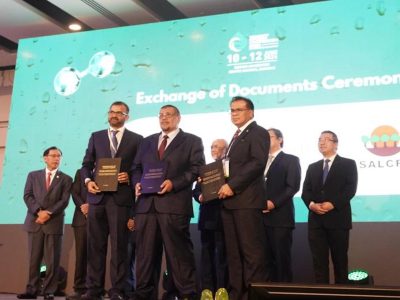
Planet QEOS, KIS BlOCNG San Bhd, and the Sarawak Land Consolidation and Rehabilitation Authority (SALCRA) have officially signed a tripartite memorandum of understanding (MoU) to establish a collaborative framework aimed at producing bio-hydrogen via the Steam Biomethane Reforming (SBMR) Process. The MoU was signed by Planet QEOS executive chairman Dino […]
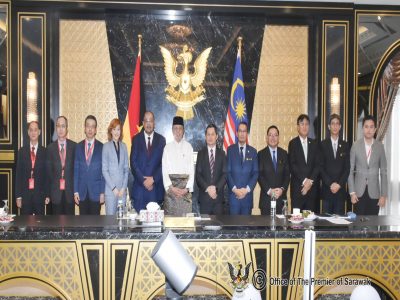
Planet QEOS and China Machinery Engineering Corporation (CMEC) are interested in investing RM10 billion to co-develop advanced Megawatt peak (MWp) agrovoltaic in Baram, to further boost Sarawak’s green energy initiative and food security. Sarawak Premier Datuk Patinggi Tan Sri Abang Johari Tun Openg was briefed on Friday by both the […]

Last week SPM results came out, 373,974 aspirants who have been waiting patiently over the last few months would now know their fate. Some 10,109 have received all A’s, the golden standard of academic success and the ticket to those looking to study the “more advanced” subjects in university. Proudly, […]

The classic knee-jerk reaction is to say, fire the coach, change the leadership of associations, and reduce the funding till they start performing better. This kind of negative reinforcement may work for kindergarten children, but we are dealing with high-performance adults – individuals much further along in their psychological and […]
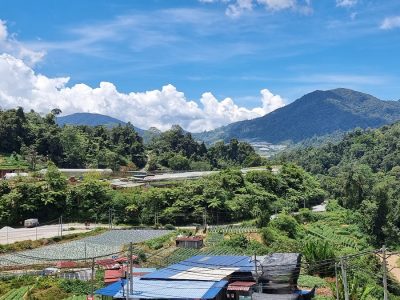
Since its earliest tea plantations in 1929, Cameron Highlands has grown to become a key player in the agricultural landscape of Malaysia, producing 40 per cent of all vegetables grown. Despite Malaysia shifting its economic focus away from agriculture, the industry remains imperative for food security and the livelihoods of […]
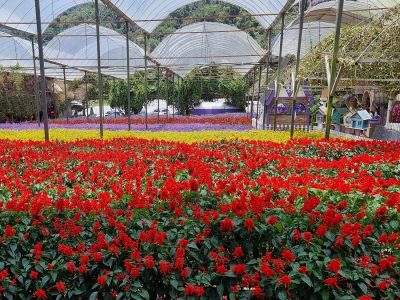
Although at first glance the travel industry and the agricultural sector appear to have nothing in common, they actually share more than meets the eye. The economic benefits of tourism to the agricultural sector can be multiplied several times over. “Tourism brings the end consumers closer to the source, which […]
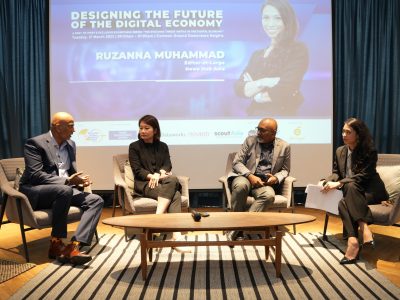
The Malaysia Global Business Forum (MGBF) recently held a high-level roundtable themed ‘Designing the Future of the Digital Economy’, attended by industry leaders and business associations. The guest of honour was Yang Berhormat Syerleena Abdul Rashid, the Member of Parliament (MP) for Bukit Bendera in Penang. The MP’s Special Session […]

The Malaysia Global Business Forum (MGBF) will be hosting a roundtable on ‘Designing the Future of the Digital Economy’ on 23 February 2023. It is the culmination of the first three MGBF Exclusive Roundtable Series titled ‘The Evolving Threat Matrix in the Digital Economy’ held throughout 2022. According to the […]
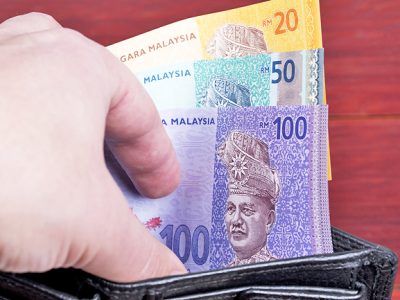
The Founding Chairman of the Malaysia Global Business Forum (MGBF), Nordin Abdullah, today spoke on Bernama TV’s leading English talk show, The Brief, hosted by Jessy Chahal, on the topic of a stable political reality and what that means for the Malaysian economy. Nordin said, “The first thing that it […]

More than 1,100 years ago, Muhammad ibn Musa al-Khwarizmi was developing the mathematical formulas that we know today as algorithms which now have become so intertwined with the business fortunes of global media giants and the very fabric of geopolitics. A series of recent high level international reports have revealed […]
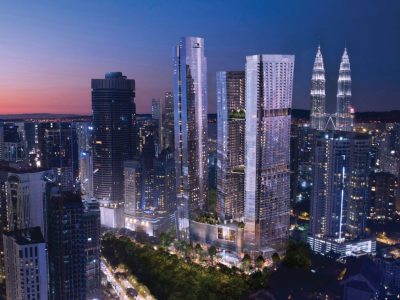
KSK Land has been recognised by the Malaysia Global Business Forum (MGBF) for its role in attracting high net-worth individuals to Malaysia post-pandemic. The first challenge in investor attraction is “selling” the country. In the context of Asia, Malaysia is competing with some very established investment destinations. The second […]
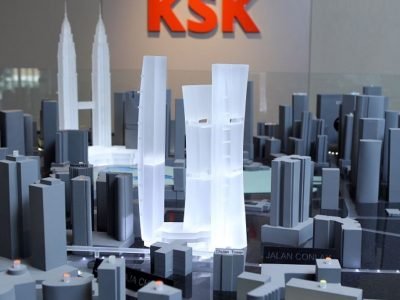
Malaysia, in particular Kuala Lumpur, continues to position itself as a regional centre to do business, educate a family and enjoy a global lifestyle. One company, KSK Land, has taken the lead in positioning itself and the city of Kuala Lumpur as a property investment destination for the global citizen […]
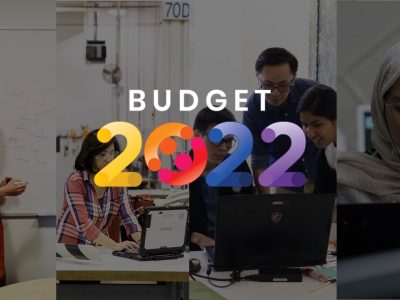
The upcoming budget represents an opportunity to build resilience in the critical sectors that will form the backbone of the country’s future-facing economic ambitions. This however needs to be achieved in the context of managing the community sectors most impacted by COVID-19 over the past two years. The Keluarga Malaysia (Malaysian Family) […]

Malaysia Global Business Forum (MGBF) has moved to support the creative economy as the overall economy moves into a recovery phase following the COVID19 pandemic. As a step in the direction of normalcy, the MGBF has agreed to host the art exhibition “I Know You’re Somewhere So Far” by one […]
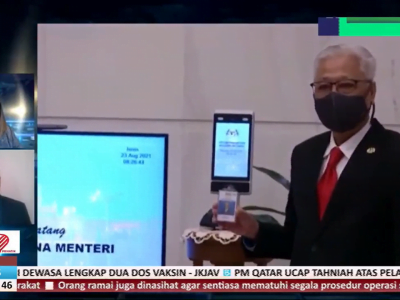
Congratulations to Datuk Seri Ismail Sabri Yaakob for taking up the mantle of the ninth prime minister of Malaysia. There is nothing normal about the situation; it could not have been scripted but it has kept the spectrum of media, mainstream and social, gripped. The first order of business for […]

In a stirring speech to the nation, President Joseph R. Biden, Jr. stamped his brand of leadership on the presidency, in his first act as the 46th president of the United State of America, it signaled several shifts. Perhaps the weather was foreboding with snow falling before the ceremony that […]

KUALA LUMPUR, 6 July 2022 – As the global economy continues to deal with unprecedented levels of disruption caused by the pandemic and the conflict between Russia and Ukraine, the convergence of energy security and food security issues has become a front-of-mind issue faced by policy makers and consumers alike. […]

KUALA LUMPUR, 23 June 2022 — Malaysia Global Business Forum (MGBF) ties up with scoutAsia to ensure that businesses are equipped with deeper regional insights. The past two years has seen a massive shift in the way businesses are conducted with digitisation, digitalisation and automation continuously being adopted to improve […]
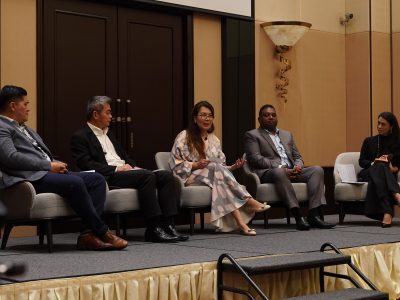
KUALA LUMPUR, 25 May 2022 – The Malaysia Global Business Forum (MGBF)’s exclusive roundtable on ‘Security Concerns in Critical Value Chains’ was held in a hybrid setting yesterday at the Eastin Hotel Kuala Lumpur. The guest of honour was Yang Berbahagia Tan Sri Dato’ Seri Rafidah Aziz, former minister of […]
 Concept : Zero Energy Buildings
Concept : Zero Energy Buildings As one of the leading examples, Japan has set ambitious goals to reduce energy consumption in buildings through this concept since 2014. An energy policy coming from the Japanese Cabinet by then targeted that newly constructed public buildings are to be zero energy by 2020, whilst new residential constructions will need to be zero energy by 2030.
As one of the leading examples, Japan has set ambitious goals to reduce energy consumption in buildings through this concept since 2014. An energy policy coming from the Japanese Cabinet by then targeted that newly constructed public buildings are to be zero energy by 2020, whilst new residential constructions will need to be zero energy by 2030.
 As for an example, a 46 storey building, a Clearpoint Tower in Sri Lanka, set to be the worlds tallest vertical garden. The façade will be entirely covered in foliage so there wont be any glass surface exposed to direct sunlight, and it will minimized the solar heat gain and acting as a natural cooling system.
As for an example, a 46 storey building, a Clearpoint Tower in Sri Lanka, set to be the worlds tallest vertical garden. The façade will be entirely covered in foliage so there wont be any glass surface exposed to direct sunlight, and it will minimized the solar heat gain and acting as a natural cooling system.






